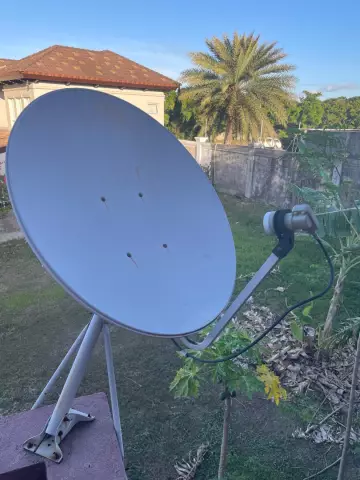There are two ways to connect power supplies: serial and parallel. In the first, the total voltage increases, and in the second, the capacity. The increase occurs in a number of times equal to the number of sources.
Instructions
Step 1
Make sure both batteries are the same, worn out and charged to the same level. If this is not the case, discard their serial or parallel connection.
Step 2
To connect two batteries in series, connect the negative pole of the first to the positive of the second. The terminals that remain free (positive pole of the first and negative of the second), do not connect to each other in any case, otherwise a short circuit will occur. Remove the doubled tension from them.
Step 3
To connect two batteries in parallel, take two diodes capable of withstanding the load current for an unlimited period. Connect the negative poles of the batteries together. Connect the positive pole of one of the batteries to the anode of the first diode, the other to the anode of the second diode. Connect the diode cathodes together. Connect the load with the negative pole to the connection point of the minus of the batteries, the positive pole to the connection point of the cathodes of the diodes. This design will deliver the same current twice as long as a single battery. But it is impossible to load it twice with a high current, since only one of the diodes is always open.
Step 4
It is not recommended to connect batteries in parallel without diodes, as they will be discharged through each other. Do this only when you are fully confident that they are equally charged and worn. But with such a design, you can remove twice the current.
Step 5
Disassemble the structure before charging the batteries. Charge them separately. This will significantly slow down battery wear. If the batteries are connected in parallel using diodes, it will be completely impossible to charge them without disassembling the structure.
Step 6
After charging is complete, reassemble the structure and connect the load to it. Continue using the batteries.






